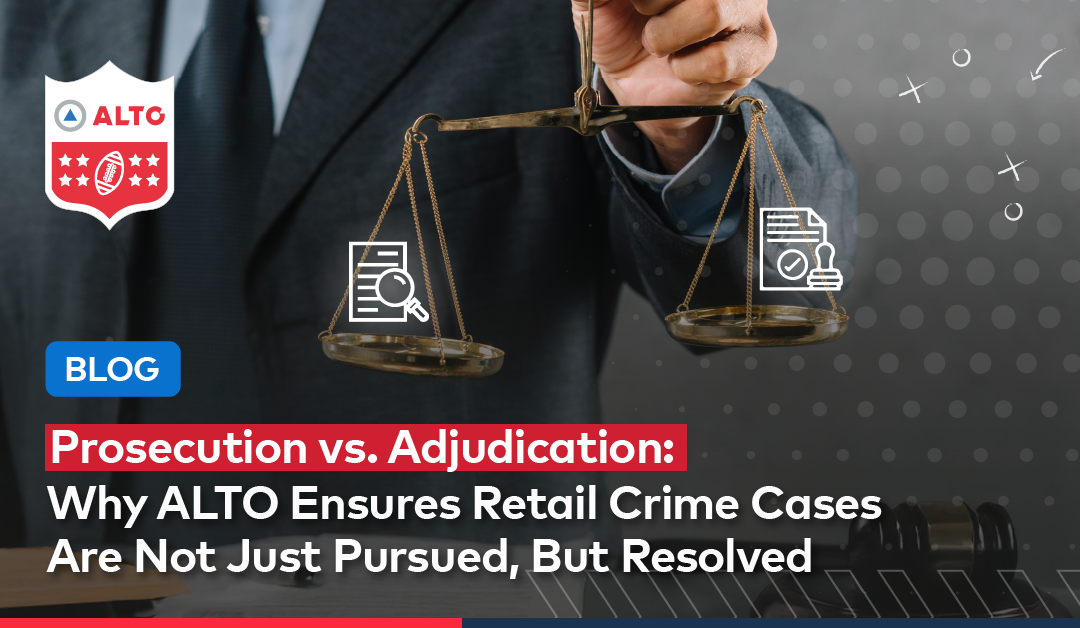When it comes to preventing and tackling retail theft, in-store inventory management practices and loss prevention efforts go hand in hand. Regular inventory management can not only help you differentiate internal shrink from retail theft, but it can also generate data that is crucial to your Loss Prevention team and help law enforcement successfully investigate, book, and charge retail crime offenders.
Training your staff on how to be proactive in protecting inventory is essential to help close the loop on theft when it happens. But that’s a lot easier said than done and for many busy store managers, training staff on performing inventory management practices reliably often falls through the cracks.
Here are some reminders on how to elevate your loss prevention efforts by prioritizing inventory reporting, data, and training.
Inventory Management and Data
After an incident, documenting the exact type and dollar amount of merchandise stolen is essential for a useful incident report for law enforcement. Gathering this information helps officers and investigators identify a criminal and potentially connect that incident to other criminal activity and elevate the case for prosecutors.
However, this data can only be available and reported to law enforcement if stolen merchandise and shrink is documented timely and accurately in the first place. Regular inventory management is the only way to make sure this data is as accurate as possible and can be relied upon in a police report.
That is why it’s important to not only train staff on the ramifications of poorly reported theft but train them on the positive impact accurate data and well-managed inventory can have on shoplifting and ORC.
Surveilling and Protecting Inventory for Better Reports
Store employees have an obligation to protect their store’s merchandise and therefore should be trained on the behaviors of shoplifters and indicators of theft. An employee who knows what suspicious behavior to look for while on the job can remain alert, vigilant, and ready to document specific merchandise lost immediately following an in-store incident.
Train your employees on how to surveil and protect inventory while remaining safe during a potential incident. This way, employees can report incidents in a timely and detailed way, including all the necessary details for law enforcement to file a police report and effectively pursue the offender as quickly as possible.
Documenting and Reporting Inventory Losses
Your store’s inventory management software is your biggest asset for keeping track of your shrink data, but it’s most effective when all employees understand why and how to track shrink regularly in order to get the best data from your tools. Whether it’s day after day or week after week, checking and managing your inventory regularly is key to supplying your Loss Prevention team or law enforcement with the most accurate data they need to best do their jobs.
Doing this regularly will also make incident reporting a lot easier for your staff, meaning that incident reports can happen quicker and more efficiently.
Hands-On Support for Your Training Processes
Oftentimes, store managers are bogged down with other necessary day-to-day responsibilities and could use hands-on support in educating and training staff.
ALTO’s Customer Success Specialists offer boots-on-the-ground support to managers and Loss Prevention/Asset Protection teams by providing proper training to store employees, encouraging and following up on incident reports, and identifying in-store challenges and solutions. Providing the resources your team needs, such as proper training, can help you focus on what you need to do to make your team and store successful.
ALTO supports retailers and their staff by uniting everyone’s efforts in the fight against retail crime. Interested in joining the Alliance? Contact us to join today.
https://www.alto.us/contact/



